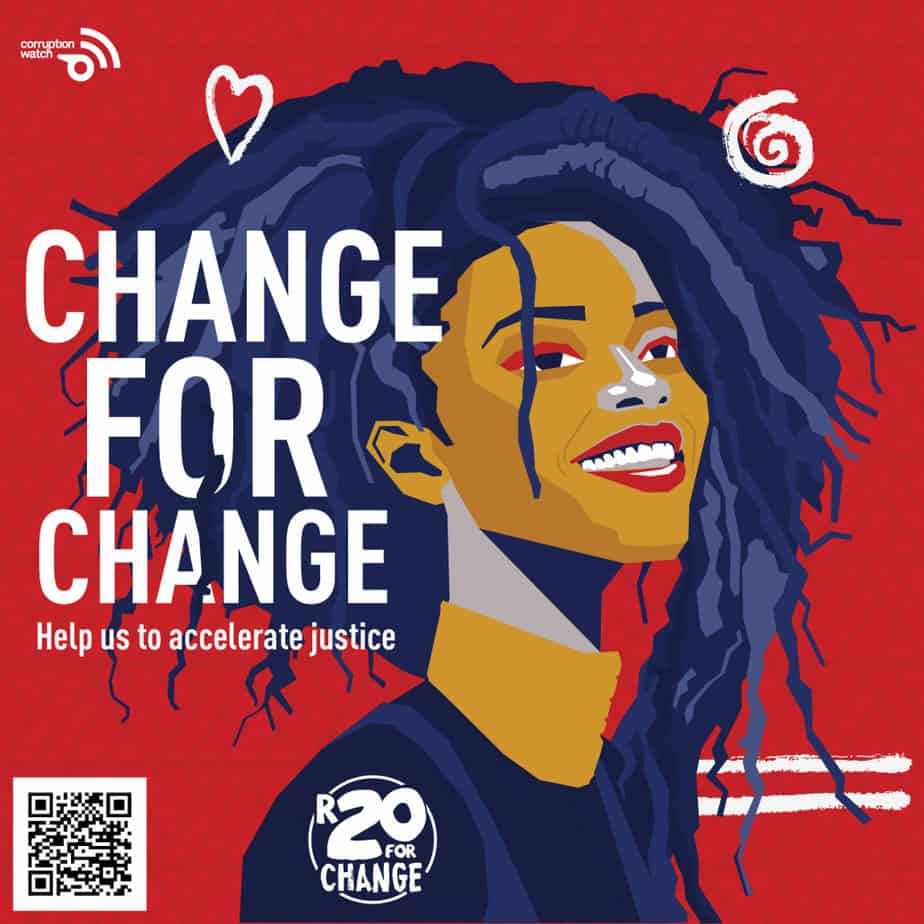|
Getting your Trinity Audio player ready...
|
By Thato Mahlangu
Months after the new report by Corruption Watch (CW) was released, highlighting the alarming number of corrupt police officials, little has been done to curb crime within the police, whistle-blowers claim.
Since the organisation’s inception in 2012, some 1 400 members of the public have felt concerned enough to share their experiences of corruption at the hands of the police.
“This year alone, about 171 cases of corruption related to the South African Police Services were recorded,” said CW researcher Melusi Ncala.
“The top three provinces from which the highest number of reports of corruption were received are, Gauteng Province (59%), KwaZulu-Natal (16.3%) and Western Cape (5.8%),” he said.
Ncala explained that the leading forms of corruption are, abuse of power (36.1%), bribery (30.5%) and dereliction of duty (18%).
According to the Corruption in Uniform report, the leading category of police corruption is bribery, at 33% of all reports received. When a police officer is bribed, dockets are bound to disappear, which makes it easier for the perpetrator to evade further prosecution.
The report also states that abuse of power (which stands at 23% in total) and dereliction of duty (18%) can have severe consequences not only for those seeking help, but also on levels of support from the men and women in uniform entrusted with protecting and serving the people of this country.
We reached out to the police ministry to give them the opportunity to respond to these claims, but after numerous attempts to get a comment, we have not heard anything from the ministry. Our efforts, which were first sent out via an e-mail almost two months ago, contained a list of questions for the national police spokesperson, who had not responded to them by the time of going to press.
Abuse of police power
The stories shared by community members across the country amplify the lack of confidence in law enforcement and the damaging effect when entrusted power is abused.
“Among these are reports from people who have been subjected to threats and attempts to extort money. A disturbing trend is the increasing reports from women of attempts to extort either money or sexual favours, also known as sextortion, and frequently from those in the most vulnerable of positions,” stated the report.
Senior officials, among them detectives and investigating officers, were named in the publication as the most corrupt among those police officials who were fingered by the public.
“The statistics according to rank are as follows: detectives and investigating officers make up 26% of the total, station commanders 15%, followed by captains at 12%, constables at 10%, whilst the remainder includes sergeants and warrant officers, amongst others,” revealed the report.
The report also stated that there might be collusion or a beneficial relationship between police and perpetrators of these crimes.
Murder, sexual crimes on the rise in SA
A disturbing 52 420 cases of sexual offences were recorded by the South African police services in the current period, according to the latest crime statistics, released by police minister Bheki Cele on Thursday 12 September. This equates to an increase of 4.6% over the previous year.
The 2018/2019 national stats also show that over 21 000 cases of murder were reported, reflecting an overall rise in the number of people who were killed in the past 10 years. The murder rate has increased by 3.4%, according to the report.
The police ministry said on the report these crimes are mostly influenced by the social, group and criminal behaviours which continue to engulf South African communities.
Domestic violence a shameful national crime
In addition, 1 115 cases of domestic violence, which has grabbed news headlines in the country recently, were reported.
Whether reported or not, this type of crime could lead to the murder of women and children. Often these victims would be killed by their intimate partners or even parents, a situation supported by a report that was released last year by Statistics SA (Stats SA).
The statistics agency said that in 2000, the South African murder rate of women was more than five times the global average.
It said that according to female homicide data produced by the World Health Organization (WHO) which looks at the trends from 2000 to 2015, between South Africa and the rest of the world, their figures have consistently narrowed down between those years.
“Africa Check used the WHO female homicide data to highlight the magnitude of femicide in South Africa compared to the world average,” reported Stats SA.








